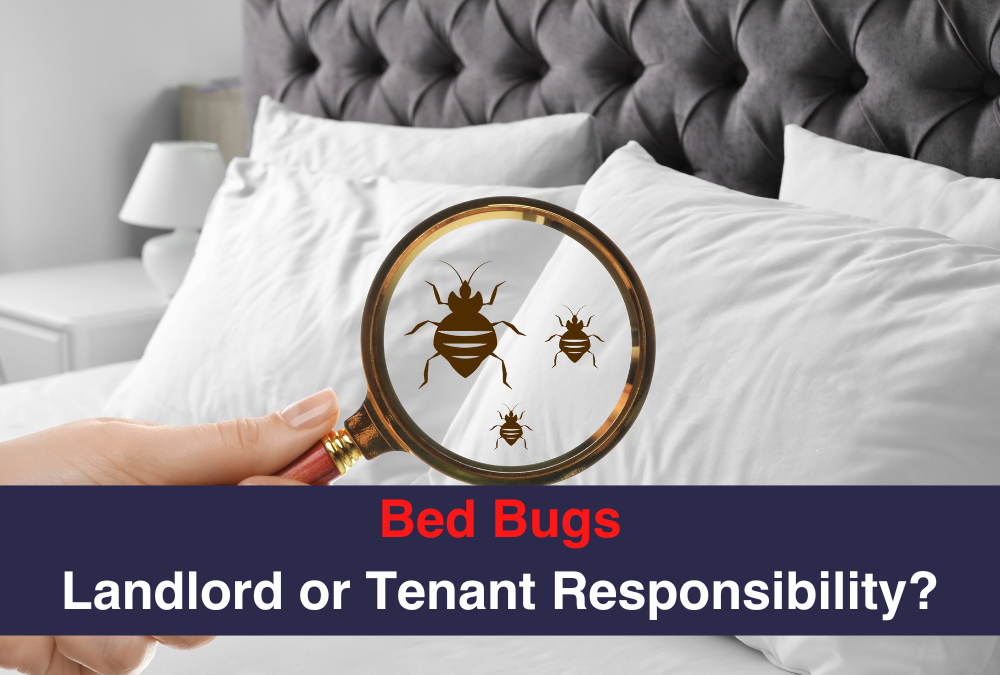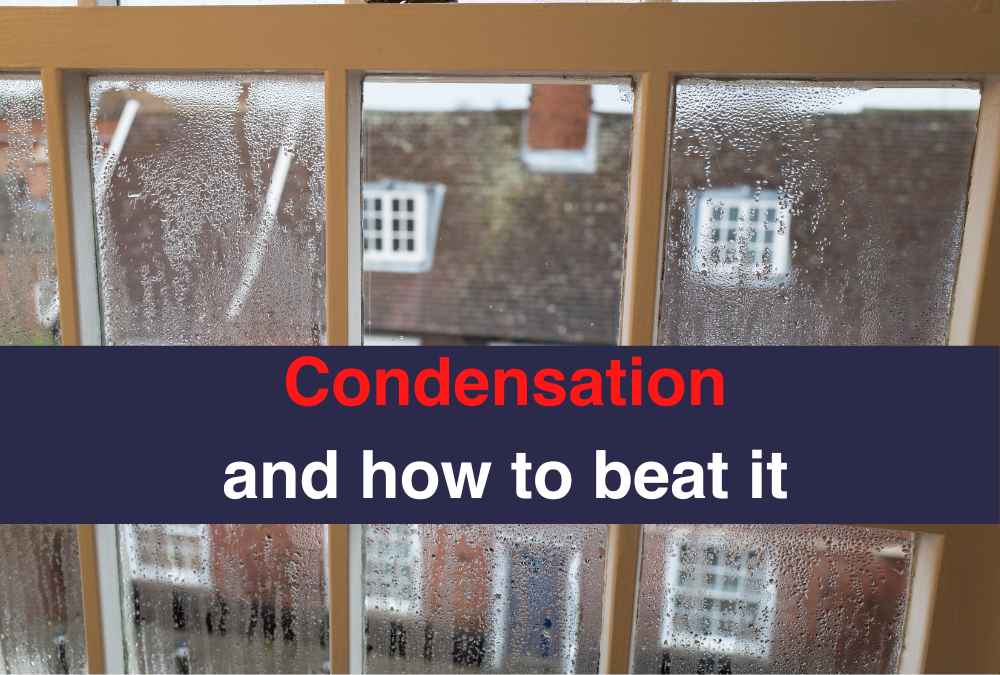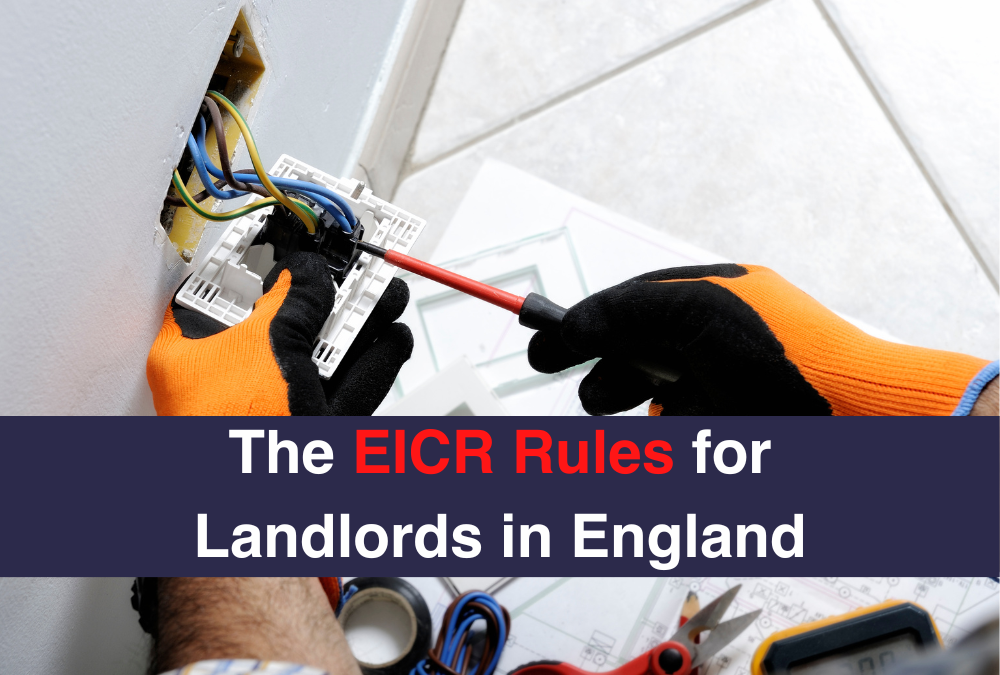Buy to let properties can be an extremely attractive investment but you need to understand exactly what is involved. Use our top tips to provide you with essential information before you buy.
What is a Buy To Let Property?
Having a good property portfolio allows the potential for a sizeable monthly income as well as seeing capital growth in the value of the property over time. Here at Horizon, we have put together some useful ideas about how to start your investment portfolio.
When you become a landlord, you are effectively running a small business – one with important legal responsibilities.
Buy-to-let is where a property is bought specifically to be rented out to tenants rather than lived in by the purchaser.
Investors can make money by generating an income with the rent received, so long as it is more than the outgoings, as well as making a capital gain when they come to sell or, in many cases, both. There are few assets out there that have withstood the test of time or shown to be more profitable in the long term than property.
Low interest rates and a low savings rate makes buy to let properties more of an attractive proposition. But, like all investments, there are risks attached with buy-to-let properties.
For example, you could be stung by rising interest rates, stuck with difficult tenants or unable to sell if the housing market changes.
You are investing both time and money into a buy to let property so make sure that you do not go into it thinking that there are no potential pitfalls.
Do also consider that being a landlord means you have certain legal obligations because failing to comply could mean you commit a criminal offence.
Key issues you must consider include when searching for property include:
- Thinking about who you want to rent to (your prospective tenant)
- Buying in an area where a prospective tenant will want to live, and which serves their needs will mean that you can ensure a plentiful supply of suitable tenants.
- How you will deal with any problems that occur
- Thinking about your ideal tenant and developing a profile of your requirements
- Calculating a clear budget (including legal costs so compare quotes) and not over-extending your finances
- Check you can pay any mortgage and outgoings at times when you do not have a tenant or there is a problem with rent collection
- Investigate rental insurance so your personal finances are protected
What are You Looking For?
Firstly, you need to decide what is more important to you in terms of a higher rental yield (income generated from the property expressed as a percentage of the property value) or higher capital growth (increase in the value of the property over the medium to long term), or a mixture of both.
If your initial costs are so high you are unlikely to attain a good rental yield, you will be depending on property prices rising.
If, on the other hand, you are buying a cheaper property to rent out to several students, you will be relying more on the rental yield.
A good rental yield is generally benchmarked at around 5% a year. However, some properties might reap yields as high as 7%-plus, while HMOs can achieve between 12% and 15%.
To compare different property’s values, use their yield: that is annual rent received as a percentage of the purchase price.
For example, a property delivering £10,000 worth of rent that costs £200,000 has a 5 per cent yield.
How To Work Out Return on Your Buy To Let Investment
If you are buying with a mortgage, rent-to-property price yield will not be the return you get.
To work out your annual return on investment subtract your annual mortgage cost from your annual rent and then work this sum out as a percentage of the deposit you put down.
For a £100,000 property that could rent for £500 per month, you would need a £25k deposit and roughly £2,000 in buying costs.
- £75k mortgage at 5% interest rate = £312.50
- £500 rental income x 12 = £6,000
- Difference = £2,250
- Deposit + buying costs = £27k
- Annual return = 8.3%
Don’t forget tax, maintenance costs and other landlord expenses will eat into that return.
Financing
If you can’t (or don’t want to) buy a property outright you can apply for a buy to let mortgage.
The size of your deposit and interest rates tend to be higher than for a residential mortgage but do not be tempted to mislead your lender as this constitutes fraud.
Lenders typically look at the potential rental income of the property as their main factor rather than your personal income which would be the case for a residential mortgage. Typically, lenders will want your anticipated monthly rental income to meet between 120% – 150% of the monthly payment on the loan – a calculation known as ‘rental cover’.
For example, if mortgage interest amounts equate to £1000 a month you would have to demonstrate potential rental income of between £1200 – £1500. You also need to consider whether you want an interest only mortgage or capital payment mortgage on a fixed or variable rate.
Keep in mind that some properties are more difficult to secure a mortgage on. These can include former council houses, new developments, and flats above commercial premises, such as shops.
As obvious as it may sound, make sure you shop around for the best deal. Getting an independent mortgage advisor is a good place to start. Remember that other fees associated with buying a property include solicitor’s fees, survey fees and stamp duty fees.
Landlord Insurance
You will need to have specialist building and contents cover for a buy to let property as a regular cheaper residential cover may not cover any losses. Building insurance will likely be required by your mortgage lender. You may also consider an insurance policy which covers your rental income if your tenant does not pay, particularly if you have a mortgage payment to cover.
Having the right protection in place is especially important.
Location, Location, Location
Buying a property close to home can be a good idea for a first time buy to let investor as the area is familiar and you will be on hand if there are problems. This does not however mean that it will be the most profitable option.
Ideally, buy in an area which is attractive to tenants and where there are sufficient people who will want to rent. Looking further afield may increase your options. You need to consider what type of tenants you are aiming for.
For example, if you are looking for students you would want to buy in a university town or city or if you are looking for capital gains you would need to research areas which are going up in value.
If choosing an area further away it is important to speak to local letting agents who can advise you on the area and pricing.
They can also manage the property for you if any problems occur.
Paying the Right Price
As an investment buyer, you are in a stronger position than most other buyers. This can be due to a lack of chain, a lack of emotional attachment as well as having time on your side. All these factors give you a stronger negotiating stance so make the most if it.
Look out for a bargain and don’t be afraid to go in below the asking price.
The lower the price, the higher your potential rental yield and the more potential capital gain.
It is also worth looking at properties that need improvement as a way of boosting the value of your investment. Tired properties or those in need of renovation can be negotiated hard on to get at a better price and then spruced up to add value.
Tenants
Just like any other business you should know your target market. It is a good idea to identify your potential tenants so that you can tailor your property to fit their needs. All kinds of people rent property including students, young professionals, families, and corporate tenants and they will all want different things from the property they are going to live in.
Families will want outside space, open-plan kitchens and living areas and will pay a premium to rent near a good school.
Young professionals may be ok without a garden, but a roof terrace or balcony will add instant appeal. This can also help you determine whether you want to furnish the property or not.
Typically, families like a blank canvas so they can bring their own furniture it to make it their home whereas students usually expect a basic standard of furnishing.
If your tenants are happy in your property, they will stay longer reducing your chance of voids and advertising costs of finding new tenants. The hope is that they will also take better care of your property thus reducing maintenance work.
Referencing and screening your tenants is very advisable. Do as many checks as you can. Social media is also a good way of perhaps getting a more accurate description of your potential tenants.
If you are purchasing a property that already has tenants, you will need to check what their existing tenancy agreement includes and when it expires. You should then create your own agreement with them to ensure each side knows the expectations of the other.
Make sure you have a valid tenancy agreement in place before your tenant moves in. Letting agents can make sure all this is taken care of.
Taxes
Income Tax: You’ll likely need to pay income tax on your rental income (more information can be found at www.gov.uk). The rent you receive from your property will be taxed at your relevant tax band
Bear in mind that the income from a rental property could push you into the next band up.
Stamp Duty: When deciding to buy a property, work out the stamp duty and add this to the cost of your property as these costs determine your profitability.
Capital Gains Tax: If you make a profit when you sell your buy-to-let property, you’ll be liable to pay Capital Gains Tax.
Do I Need a Lettings Agent?
Letting agents services include anything from sourcing and carrying out credit checks on a potential tenant, drawing up a contract and compiling an inventory, to arranging for a broken boiler to be fixed and chasing up late rent.
This is especially helpful if you do not live near your property and don’t have a network of trusted tradesman that you can call upon if things go wrong.
You can of course, be a hands-on landlord and save on costs if you have the time and energy to do so, however, if you are new to the game, then it is advisable to get as much help and advice as you can to avoid any potential pitfalls.
What Rules & Regulations Do I Need to Know?
This is perhaps where getting professional advice is particularly important unless you want to face hefty fines. There are over 100 rules and regulations that landlords must adhere to, and these can and do change on a regular basis.
Some landlord responsibilities include:
- Making the property safe for tenants to live in
- Dealing with repairs to the property’s structure and exterior
- Maintaining heating and water systems
- Making sure furniture meets fire safety regulations
- Ensuring that the gas and electrics are safe
- Providing your tenant with certain paperwork by law.
Remember, investing in buy to let property is a business decision so don’t get emotional and think of your potential tenants needs and wants rather than your own.
Do your research and calculations and get as much advice as you can to make your buy to let as profitable as possible.
If you’d like to find out more about starting your property portfolio, our experts here at Horizon Lets would be happy to guide you through any questions.
Related Articles
- Property Investment Strategies; The Pros & Cons
- Starting your Property Portfolio
- How To Be A Successful Property Investor
- Key Dates & New Rules For Landlords In 2021
- Are you a new Landlord?








